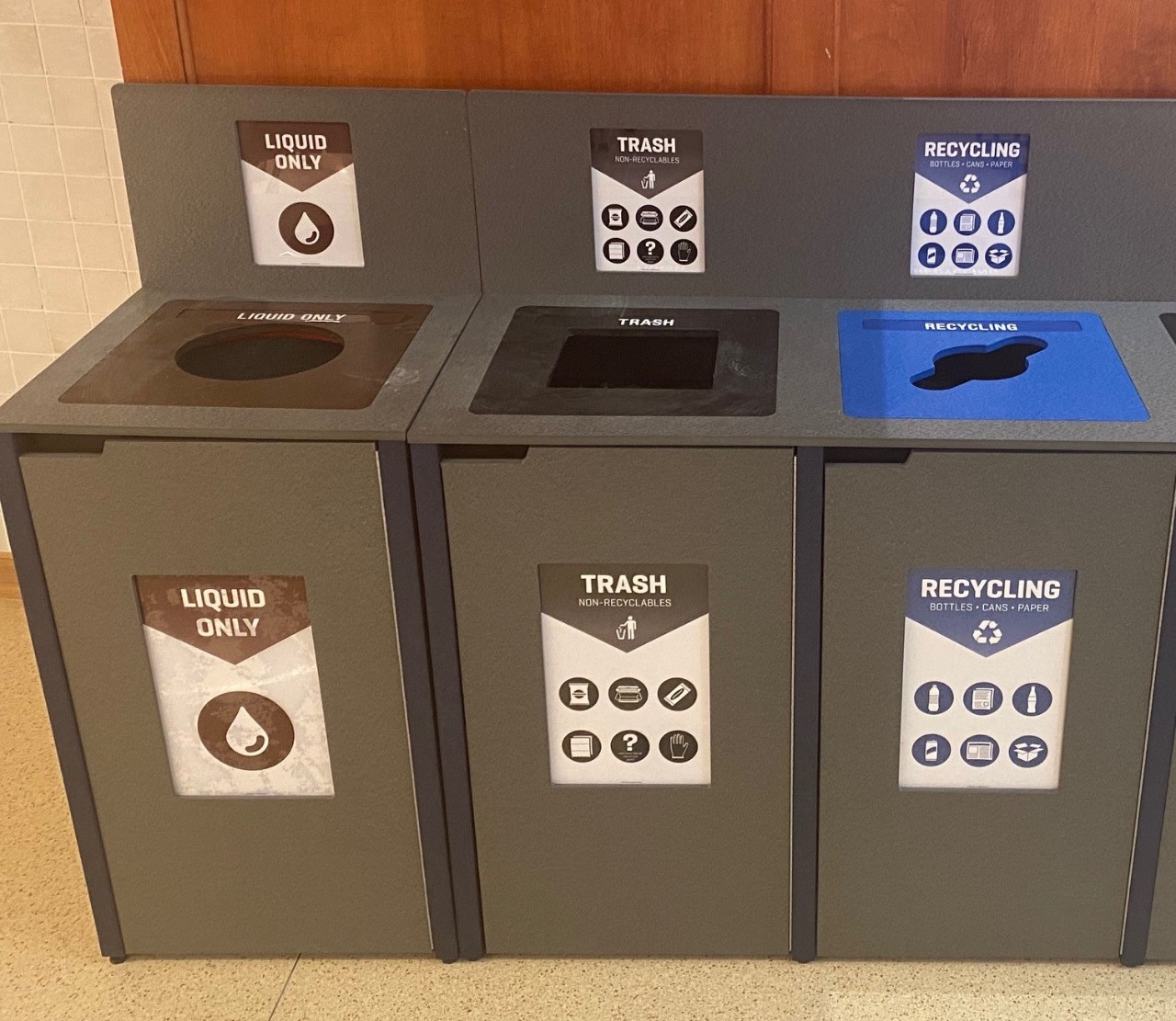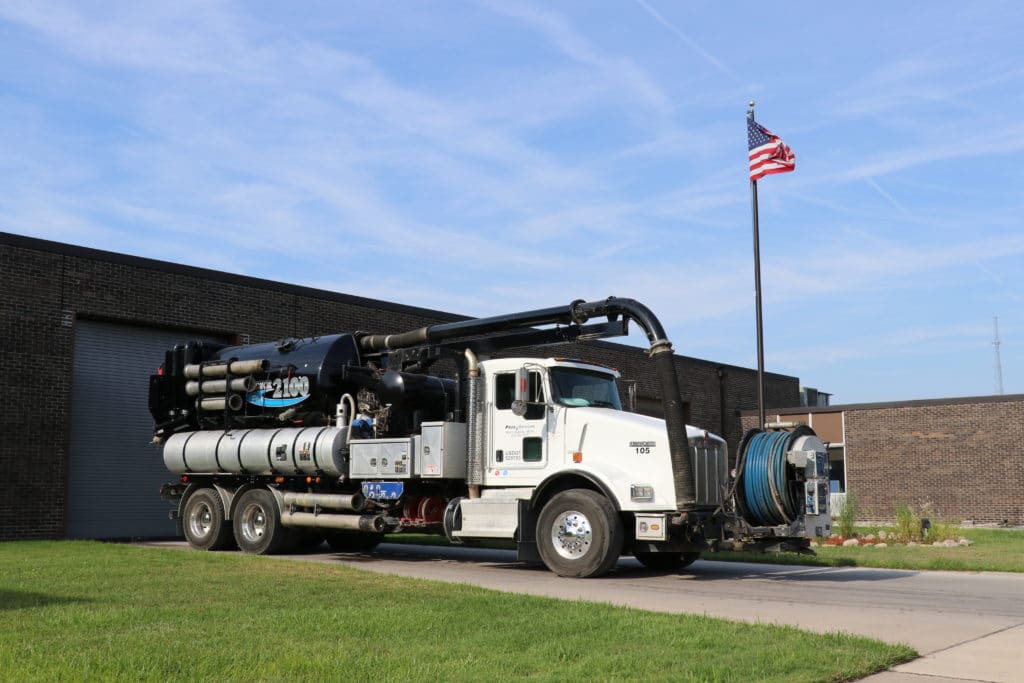Comprehensive Liquid Waste Disposal: Solutions for Houses and Organizations
Comprehensive Liquid Waste Disposal: Solutions for Houses and Organizations
Blog Article
How Liquid Garbage Disposal Works: A Thorough Summary of Strategies and Technologies Used

Review of Fluid Waste Kind
The complexity of liquid waste types requires an extensive understanding of their characteristics and implications for disposal. Liquid waste can extensively be classified into a number of types, consisting of commercial, municipal, agricultural, and unsafe waste. Each category displays distinctive properties, calling for details monitoring strategies to reduce ecological and health risks.
Industrial liquid waste originates from producing processes and frequently includes a range of contaminants, such as hefty metals, solvents, and organic compounds. Local fluid waste, mostly consisting of wastewater from households and business establishments, consists of natural matter, nutrients, and microorganisms (industrial wastewater treatment). Agricultural liquid waste, consisting of runoff from ranches, may consist of plant foods, chemicals, and animal waste, presenting risks to water top quality and ecological communities
Dangerous liquid waste is characterized by its poisoning, reactivity, or possible to create injury. This group includes compounds like acids, bases, and specific chemicals that demand rigorous handling and disposal procedures. Understanding these varied liquid waste kinds is vital for establishing efficient disposal methods and ensuring compliance with environmental guidelines. Appropriate classification and characterization are vital for carrying out proper therapy strategies and reducing the adverse effect on public health and wellness and the environment.
Physical Therapy Techniques

Testing is the first action, where bigger bits and particles are gotten rid of from the liquid waste making use of screens or grates. This procedure protects downstream tools from damage and ensures smoother operation. Adhering to screening, sedimentation utilizes gravitational force to separate solids from fluids. In sedimentation containers, much heavier particles work out at the base, developing a sludge layer, while the clarified fluid can be further dealt with.
Filtration is another necessary technique that entails passing the liquid with permeable products, such as sand or membrane layers, to record smaller sized particles. This step enhances the high quality of the liquid, making it ideal for subsequent treatment processes.

Chemical Treatment Methods
Chemical therapy strategies are essential for effectively taking care of fluid waste, particularly in attending to dissolved and colloidal contaminants that physical techniques may not appropriately remove. These methods make use of numerous chemical representatives to reduce the effects of, precipitate, or change harmful compounds into less unsafe forms.
One common technique is coagulation and flocculation, where chemicals such as alum or ferric chloride are included in promote the gathering of put on hold fragments. This process boosts sedimentation, permitting simpler elimination of the resulting sludge. Additionally, oxidation procedures, using agents like chlorine or ozone, are used to damage down complicated organic compounds and virus, rendering the waste safer for discharge or further treatment.
Neutralization is one more essential method, which adjusts the pH of acidic or alkaline waste streams to neutral levels, protecting against possible damage to downstream systems and the environment. Furthermore, progressed oxidation processes (AOPs) make use of combinations of oxidants and ultraviolet light to weaken persistent toxins, accomplishing a greater level of therapy efficiency.
Organic Treatment Procedures
Biological treatment procedures play a crucial role in the management of fluid waste by using microbes to disintegrate organic matter and reduce impurity levels. explanation These procedures can be extensively categorized into cardio and anaerobic therapies, each utilizing particular microbial areas to attain reliable waste deterioration.
Cardio therapy includes using oxygen to promote the breakdown of organic materials by germs. This procedure is generally carried out in triggered sludge systems, where oygenation containers provide a favorable atmosphere for microbial growth, leading to the oxidation of natural toxins. The resultant biomass can be separated from dealt with effluent through sedimentation.
On the other hand, anaerobic treatment happens in the absence of oxygen, relying upon different germs to break down raw material. This technique is specifically useful for high-strength waste, as it generates biogas, a renewable resource source, while reducing sludge production. Technologies such as anaerobic digesters are often used in commercial and community applications.
Both anaerobic and aerobic biological therapies not only minimize the ecological influence of liquid waste however likewise facilitate source recovery, making them essential elements of lasting waste management approaches. Their adaptability, efficiency, and efficiency sustain their widespread execution throughout different fields.
Arising Technologies in Disposal
Cutting-edge approaches to fluid garbage disposal are quickly progressing, driven by advancements in modern technology and a boosting emphasis on sustainability. Among these emerging modern technologies, membrane bioreactors (MBRs) have gained grip for their capacity to combine biological therapy with membrane layer purification, leading to high-quality effluent that can be reused in numerous applications. MBRs enable smaller sized impacts and more reliable operations compared to standard systems.
One more promising advancement is making use of anaerobic food digestion incorporated with nutrient recovery technologies, which not just deals with fluid waste but also produces biogas and recoups beneficial nutrients like nitrogen and phosphorus. This dual benefit boosts source effectiveness and minimizes environmental influence.
In addition, advanced oxidation procedures (AOPs) are being taken on for the deterioration of complicated organic contaminants. These techniques make use of powerful oxidants and drivers to break down impurities at the molecular level, offering a highly reliable option for challenging waste streams.
Moreover, the assimilation of expert system and artificial intelligence in waste management systems is optimizing functional efficiency and anticipating maintenance, resulting in minimized costs and boosted description ecological conformity. These Your Domain Name innovations reflect a considerable shift in the direction of even more lasting and efficient liquid garbage disposal methods.
Final Thought
In verdict, reliable liquid waste disposal necessitates a detailed understanding of numerous methods and innovations. By constantly advancing these methodologies, it ends up being possible to address the expanding challenges associated with fluid waste, eventually adding to environmental protection and source recovery.
Fluid waste disposal is an important element of environmental monitoring, calling for a comprehensive understanding of different methods and technologies customized to different waste kinds. Fluid waste can generally be classified into a number of types, including commercial, metropolitan, farming, and dangerous waste. Agricultural fluid waste, consisting of overflow from farms, may include plant foods, chemicals, and pet waste, posturing risks to water quality and ecological communities.
Different physical treatment approaches play an essential role in taking care of fluid waste effectively - industrial wastewater treatment.In conclusion, efficient fluid waste disposal demands an extensive understanding of various methods and technologies
Report this page